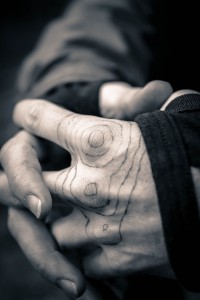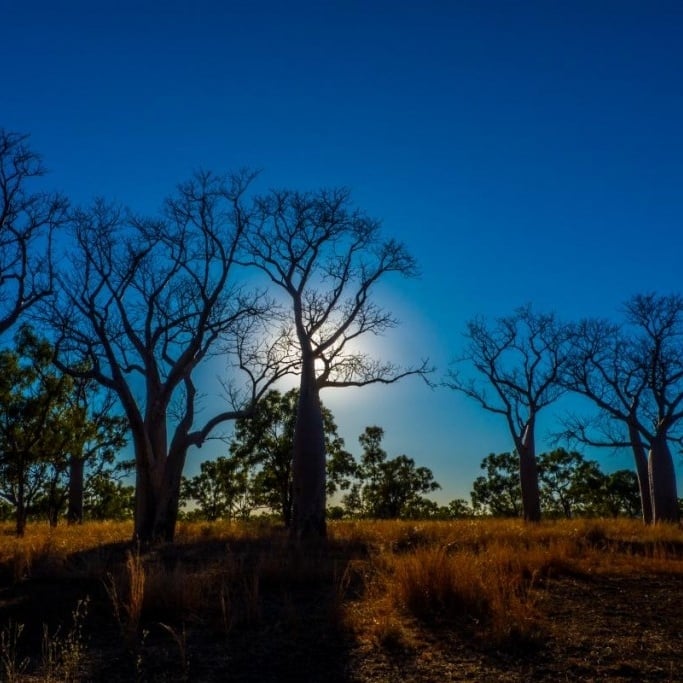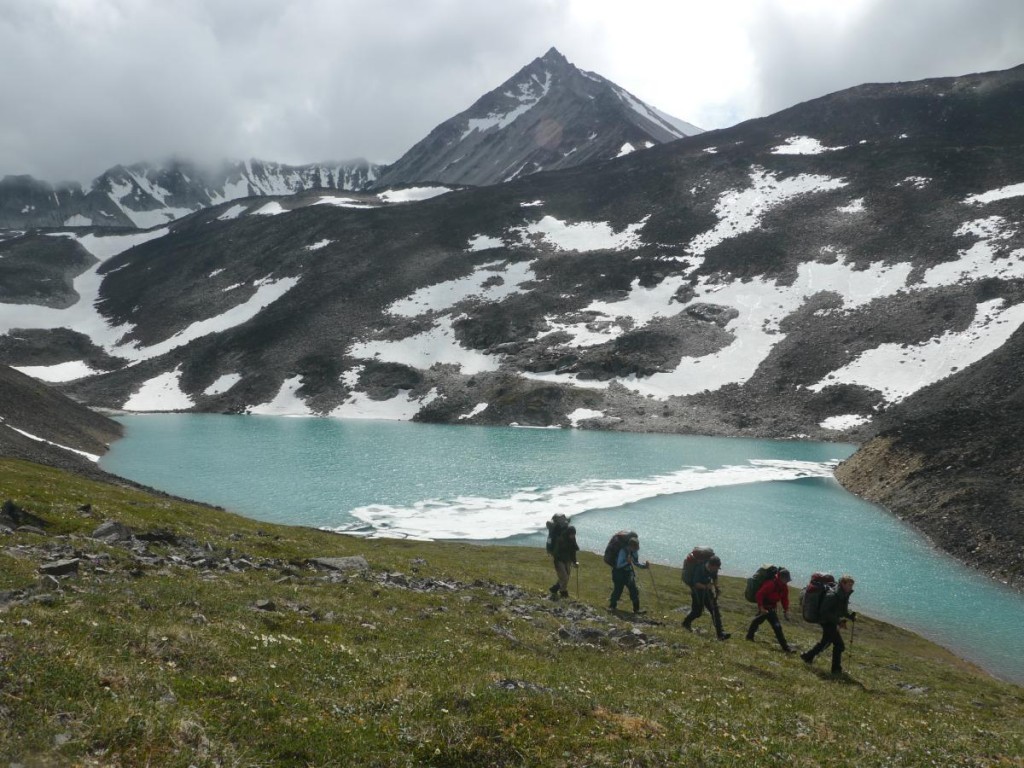When I first decided to apply for an Outdoor Educator course in the Rockies, many of my colleagues asked me why. At the time, I was working at an international IB school in the sports department, developing an outdoor and environmental education curriculum. I spent all of my weekends hiking and climbing in the famed Alps, so I understood why many didn’t see what would motivate me to fly to the other side of the globe to do the same thing. The answer was clear though. This wasn’t a vacation; it was professional development.
At that point in my career, I wanted to specialize my outdoor teaching skills, but a master’s seemed like too big of a step. When I explored my options in Switzerland, I only came across courses that developed technical outdoor skills; however as an educator, I knew I would need more than that. Classroom management, differentiation, and boundaries in the backcountry were all topics I wanted to cover, and I knew that I would get that with NOLS.
When I went into the field, I was thrilled to have three and a half intensive weeks with educators who shared my passion for experiential education, who all came from different subject and environmental backgrounds. Some knew they were going to be working primarily in the backcountry, while others, like me, were working to create hybrid programs at traditional brick-and-mortar K-12 schools. Over the course, we traded stories of teaching, both indoors and out, and everyone walked away with more teaching tricks up our sleeves than we could have imagined.
 Instructors often use their hands and a ballpoint pen to teach topographic map reading on NOLS courses. Photo courtesy of Alex Chang - Cornell Leadership Expedition.
Instructors often use their hands and a ballpoint pen to teach topographic map reading on NOLS courses. Photo courtesy of Alex Chang - Cornell Leadership Expedition.Ultimately, my experience on an Outdoor Educator course gave me the chance to reflect not only on my teaching practice, but also meditate on the awe and wonder my students experience for their first time in the backcountry, or during any meaningful learning moment. Lesson planning and practice teaching developed my technical education skills for the backcountry, while our course curriculum and daily debriefs allowed me to rediscover an understanding for my students that has the tendency to fade with time. One of my core beliefs as an educator is that to be a positive influence, I need to be empathetic of the various influences on students’ lives, whether that be stress in the home, insecurity at expressing themselves, or just run-of-the-mill puberty. I hadn’t expected that NOLS would help me further develop my interpersonal skills and sensitivity, in addition to technical outdoor skills and teaching training. In terms of professional development, I don’t know if I could have asked for more.
Written By
Alex Phillips
Alex Phillips worked as the NOLS European recruitment coordinator. Alex has been on multiple NOLS courses, including an Outdoor Educator course in the Rockies, which she took for professional development while working at an international school in Switzerland. In addition to working for NOLS, she is currently completing her master’s in experiential education at the University of Cumbria.




